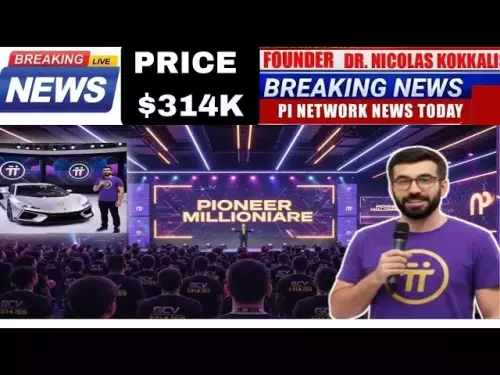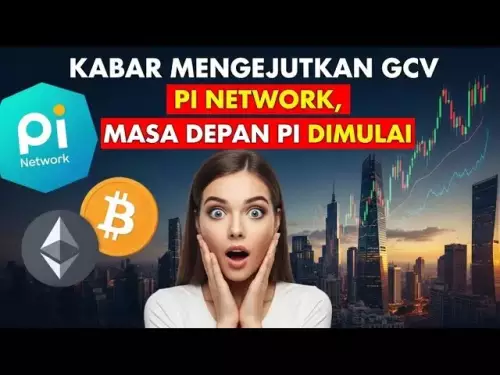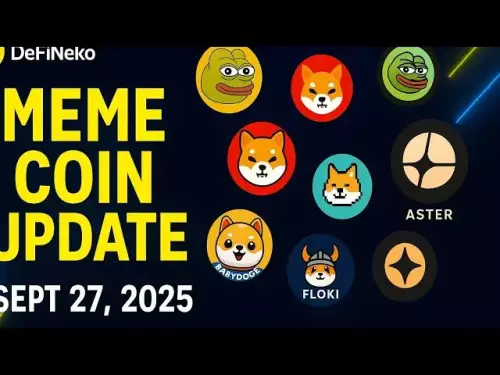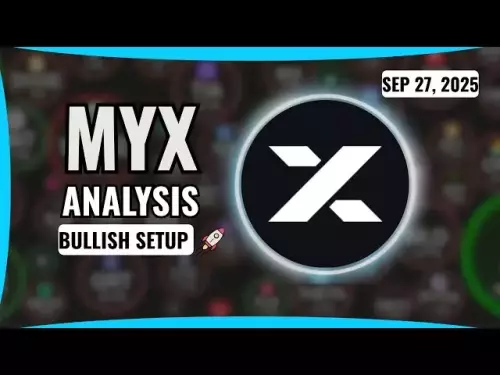-
 bitcoin
bitcoin $109523.663807 USD
-0.13% -
 ethereum
ethereum $4019.526508 USD
2.06% -
 tether
tether $1.000482 USD
0.00% -
 xrp
xrp $2.776815 USD
0.18% -
 bnb
bnb $958.942396 USD
0.12% -
 solana
solana $204.294698 USD
3.84% -
 usd-coin
usd-coin $0.999693 USD
0.00% -
 dogecoin
dogecoin $0.232115 USD
2.09% -
 tron
tron $0.338028 USD
0.84% -
 cardano
cardano $0.790920 USD
1.50% -
 hyperliquid
hyperliquid $44.871443 USD
5.60% -
 ethena-usde
ethena-usde $1.000322 USD
0.04% -
 chainlink
chainlink $21.034165 USD
2.60% -
 avalanche
avalanche $28.794831 USD
-0.54% -
 stellar
stellar $0.360466 USD
1.24%
What is the difference between a token and an NFT?
Tokens are fungible digital assets, while NFTs are unique and non-interchangeable, representing distinct ownership or value.
Jul 30, 2025 at 08:29 am
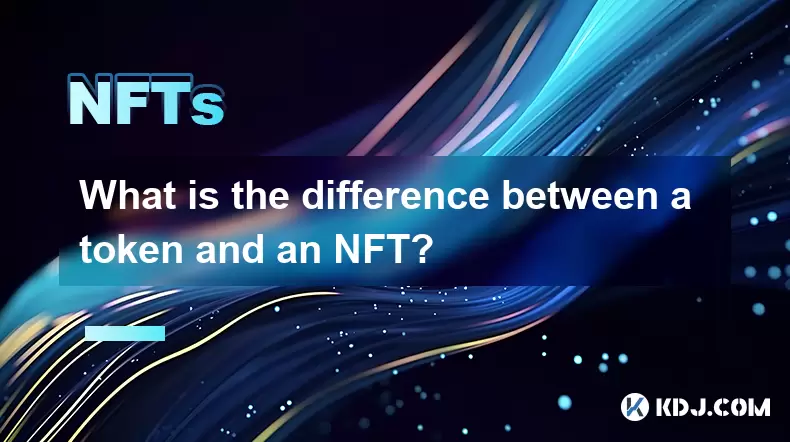
Understanding the Core Definitions
In the realm of blockchain and cryptocurrencies, tokens and NFTs (Non-Fungible Tokens) are two commonly used terms that often cause confusion. A token is a broad term referring to any digital asset built on top of an existing blockchain. These can represent anything from utility within a platform to ownership shares in a decentralized organization.
On the other hand, an NFT is a specific type of token that is unique and non-interchangeable. Unlike standard tokens, which are fungible—meaning each unit is identical and can be exchanged for another of equal value—an NFT contains distinct information that makes it one-of-a-kind.
The Fungibility Factor
The key difference between a token and an NFT lies in fungibility. In financial terms, fungibility refers to the ability of an asset to be interchanged with others of the same type and value. For example, one Bitcoin is always worth the same as another Bitcoin, making it fungible.
- Tokens: Most tokens follow this principle. They are divisible and interchangeable. Examples include ERC-20 tokens on the Ethereum network.
- NFTs: These are non-fungible, meaning no two NFTs are exactly alike. Even if two NFTs are created using the same smart contract, their metadata or attributes will differ, giving them unique value.
This distinction is crucial when considering use cases such as digital collectibles, real estate, or identity verification, where uniqueness matters.
Technical Structure and Standards
From a technical standpoint, both tokens and NFTs are implemented via smart contracts on blockchains like Ethereum. However, they adhere to different standards:
- Tokens: Typically follow the ERC-20 standard, which defines rules for creating and managing fungible tokens. This includes functions like transferring funds, checking balances, and approving transactions.
- NFTs: Usually conform to the ERC-721 or ERC-1155 standards. ERC-721 is the original standard for NFTs, ensuring each token is unique and indivisible. ERC-1155 allows for both fungible and non-fungible tokens within the same contract, offering more flexibility.
These standards define how tokens behave and interact with decentralized applications and wallets.
Use Cases and Applications
Both tokens and NFTs have diverse applications across various industries, but their usage differs significantly due to their inherent properties:
- Tokens: Commonly used as governance tokens, stablecoins, or utility tokens within decentralized finance (DeFi) platforms. For instance, DAI is a token pegged to the US dollar, while UNI grants voting rights in the Uniswap protocol.
- NFTs: Primarily associated with digital art, virtual real estate, gaming items, and even certificates of authenticity. Platforms like OpenSea and Rarible allow creators to mint and sell NFTs representing unique digital assets.
It's important to note that while all NFTs are tokens, not all tokens are NFTs. The scope of application depends heavily on whether the asset needs to be unique or interchangeable.
Ownership and Transferability
Another significant aspect is how ownership and transfer work for these digital assets:
- Tokens: Ownership is recorded on the blockchain, and transfers are straightforward. Since tokens are fungible, sending 100 tokens to someone else doesn't require specifying which tokens were sent—only the quantity matters.
- NFTs: Each NFT has a unique identifier tied to its owner's wallet address. When transferred, the exact NFT must be specified, and the transaction reflects the movement of that particular asset. This ensures provenance and scarcity, especially valuable in digital collectibles and limited editions.
Wallets like MetaMask and Trust Wallet support both token types, but NFTs often require additional interfaces to view metadata and visual representations.
Frequently Asked Questions
Q: Can a token ever become an NFT?A: Technically, yes, but only if it undergoes a transformation through a smart contract that assigns it unique properties. Standard fungible tokens cannot be directly converted into NFTs without altering their underlying structure.
Q: Are NFTs more secure than regular tokens?A: Security levels are generally the same since both rely on blockchain technology. However, NFTs may carry additional risks related to metadata storage and off-chain content integrity, depending on how they're implemented.
Q: Why do some NFTs cost millions while most tokens remain low-value?A: The value of NFTs stems from their uniqueness, scarcity, and demand for specific digital or real-world assets. Tokens derive value from their utility or market speculation, which often results in lower individual valuations compared to rare NFTs.
Q: Is it possible to fractionalize an NFT into smaller tokens?A: Yes, through a process called fractionalization, an NFT can be split into multiple fungible tokens representing partial ownership. This allows investors to buy shares in high-value NFTs without purchasing the entire asset.
Disclaimer:info@kdj.com
The information provided is not trading advice. kdj.com does not assume any responsibility for any investments made based on the information provided in this article. Cryptocurrencies are highly volatile and it is highly recommended that you invest with caution after thorough research!
If you believe that the content used on this website infringes your copyright, please contact us immediately (info@kdj.com) and we will delete it promptly.
- Bitcoin, mNAV, and Treasury Companies: A New York Perspective
- 2025-09-28 04:25:14
- BNB Price and the Rise of BlockchainFX: The Crypto Presale to Watch
- 2025-09-28 04:25:14
- Trump, WLFI, and the Token Burn: Can Burning Crypto Make it Great Again?
- 2025-09-28 04:45:15
- James Wynn's 3x Leveraged Crypto Gamble: ASTER Airdrop or Bust?
- 2025-09-28 04:45:15
- Frank Zappa's 'One Size Fits All' Turns 50: Still the Perfect Fit?
- 2025-09-28 04:50:11
- Bitcoin Miners Pivot: TeraWulf and the AI Data Center Gold Rush
- 2025-09-28 04:30:01
Related knowledge
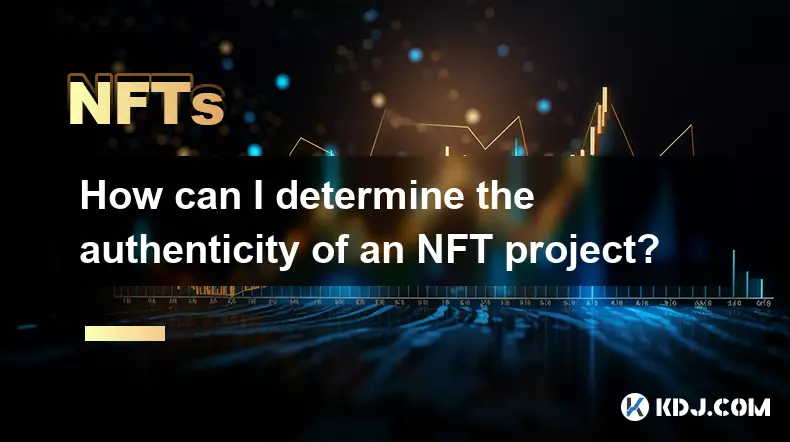
How can I determine the authenticity of an NFT project?
Sep 23,2025 at 05:18pm
Understanding the Project Team and Their Background1. Research the identities of the team members behind the NFT project. Verified social media profil...
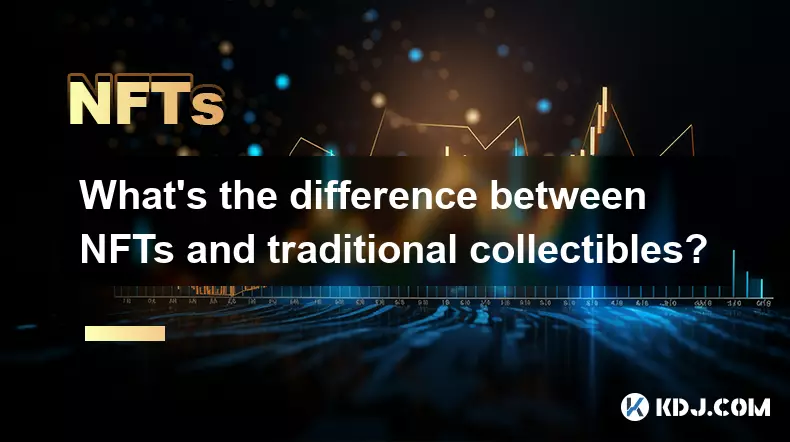
What's the difference between NFTs and traditional collectibles?
Sep 19,2025 at 12:55pm
Digital Ownership and Provenance1. NFTs are built on blockchain technology, which ensures transparent and immutable records of ownership. Every transa...
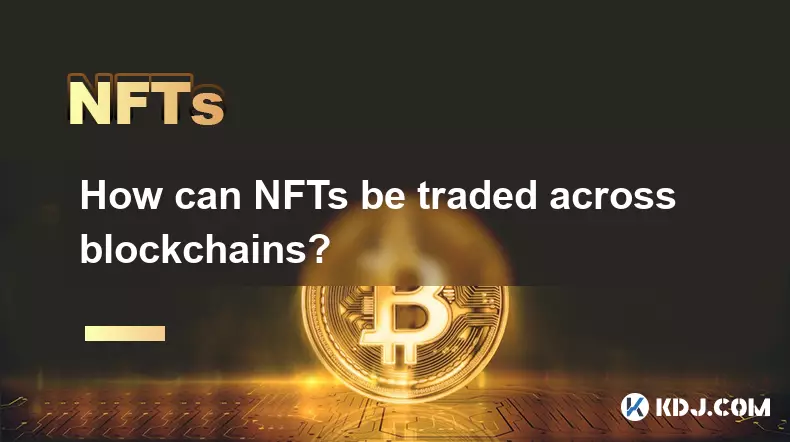
How can NFTs be traded across blockchains?
Sep 19,2025 at 12:00pm
Understanding Cross-Chain NFT Trading1. Non-fungible tokens (NFTs) are digital assets that represent ownership of unique items on a blockchain. Origin...
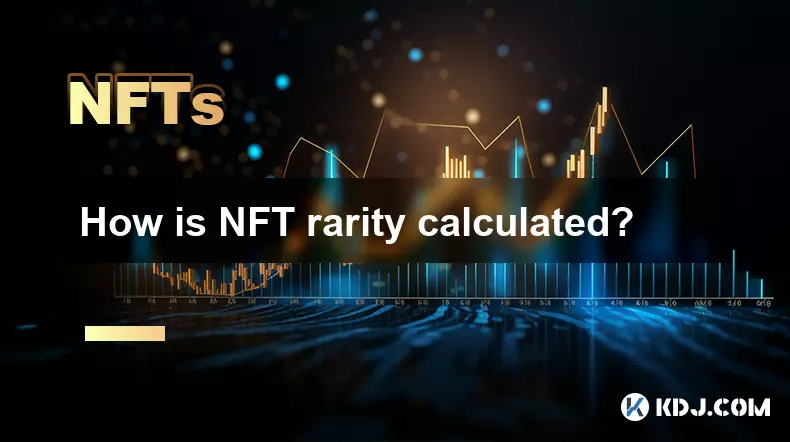
How is NFT rarity calculated?
Sep 18,2025 at 07:54pm
Understanding NFT Rarity Metrics1. NFT rarity is determined by analyzing the uniqueness of individual traits within a collection. Each NFT typically c...
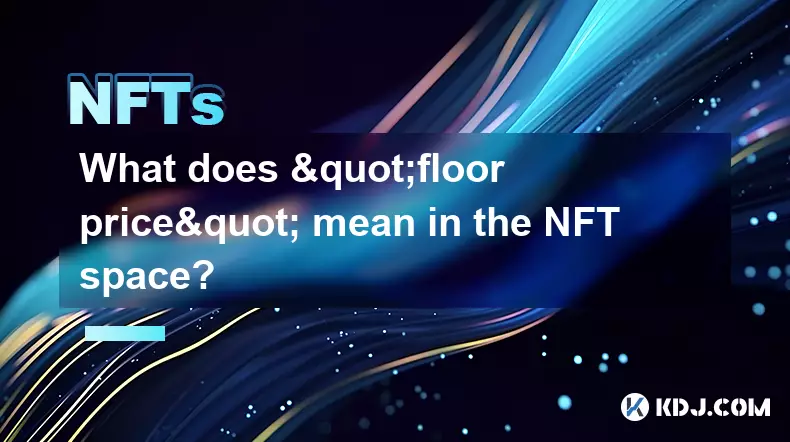
What does "floor price" mean in the NFT space?
Sep 22,2025 at 06:36am
Floor Price: A Core Metric in the NFT Marketplace1. The term floor price refers to the lowest current asking price for any item within a specific NFT ...

How do NFTs help content creators?
Sep 18,2025 at 08:00am
NFTs Empower Creators with Ownership and Monetization1. NFTs provide content creators with verifiable ownership of their digital works, ensuring authe...

How can I determine the authenticity of an NFT project?
Sep 23,2025 at 05:18pm
Understanding the Project Team and Their Background1. Research the identities of the team members behind the NFT project. Verified social media profil...

What's the difference between NFTs and traditional collectibles?
Sep 19,2025 at 12:55pm
Digital Ownership and Provenance1. NFTs are built on blockchain technology, which ensures transparent and immutable records of ownership. Every transa...

How can NFTs be traded across blockchains?
Sep 19,2025 at 12:00pm
Understanding Cross-Chain NFT Trading1. Non-fungible tokens (NFTs) are digital assets that represent ownership of unique items on a blockchain. Origin...

How is NFT rarity calculated?
Sep 18,2025 at 07:54pm
Understanding NFT Rarity Metrics1. NFT rarity is determined by analyzing the uniqueness of individual traits within a collection. Each NFT typically c...

What does "floor price" mean in the NFT space?
Sep 22,2025 at 06:36am
Floor Price: A Core Metric in the NFT Marketplace1. The term floor price refers to the lowest current asking price for any item within a specific NFT ...

How do NFTs help content creators?
Sep 18,2025 at 08:00am
NFTs Empower Creators with Ownership and Monetization1. NFTs provide content creators with verifiable ownership of their digital works, ensuring authe...
See all articles





















